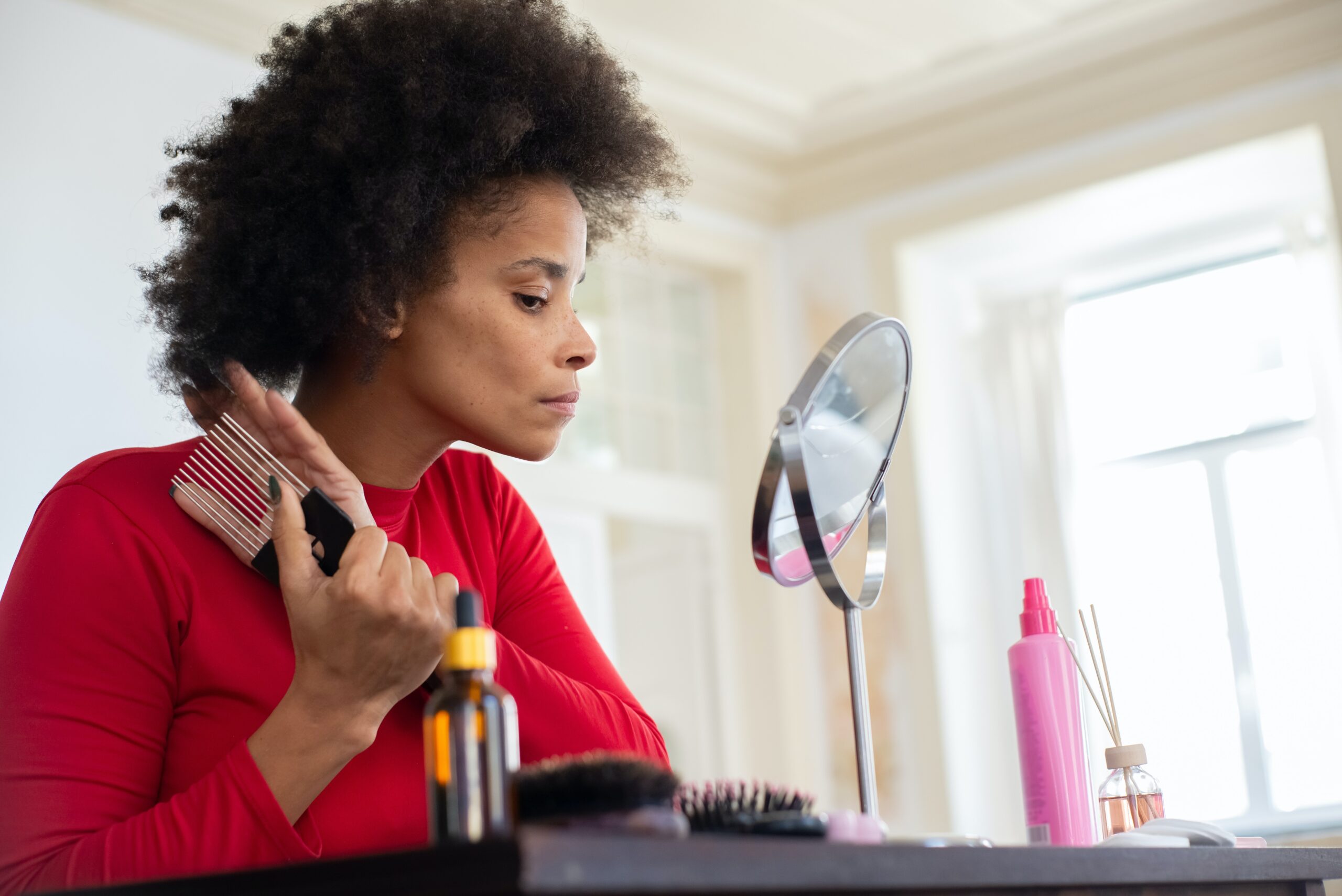
PRP Hair Treatment Success Rate: Does It Work for Hair Loss?
Hair loss and thinning hair are common problems for both men and women. About 50 million men and 30 million women have lost hair at some point in their lives. And there are seemingly hundreds of different hair loss treatments with varying levels of reliability and success. One of the more popular treatments is platelet-rich plasma (PRP) for hair loss. PRP is a substance drawn from your blood and injected into your scalp that can purportedly help heal bodily tissues, including follicles from which your hairs grow.
PRP is extracted from your blood using a centrifuge-like mechanism that can separate the substance from your blood and increase the concentration of specific proteins that promote healing.
How Successful is PRP for hair loss?
Let’s look at some promising results from the latest PRP for hair loss studies:
A 2014 study of 11 people with androgenic alopecia found that injecting 2 to 3 cubic centimeters of PRP into the scalp every 2 weeks for 3 months could increase the average number of follicles from 71 to 93 units. In this prospective study, safety, efficacy, and feasibility of PRP injections in treating androgenic alopecia were assessed. Therefore, average mean gain is 22.09 follicular units per cm2.
A 2015 study of 10 people receiving PRP injections every 2 to 3 weeks for 3 months showed improvements in the number of hairs, the thickness of those hairs, and the strength of the hair roots. With this study, PRP shows to be an effective and promising therapy for androgenic alopecia with no major adverse effects.
A 2019 study compared two groups of people using different hair treatments for 6 months. One group of 20 used minoxidil (Rogaine), and the other group of 20 using PRP injections. Thirty people finished the study and results showed that PRP performed much better for hair loss than Rogaine and that the level of platelets can affect how well your own plasma works for hair loss. PRP treatment was associated with a statistically significant overall improvement in quality of life. With this study, PRP should be considered as a safe and effective treatment option for hair loss and included as part of multimodal therapy.
PRP for Hair Loss
The Vampire Hair™ Restoration using PRP triggers hair follicles in the telogen (resting) phase which establishes brand-new hair growth.
Unlike topical hair loss products, regenerative hair loss techniques use the patient’s own PRP which has revolutionized the treatment of hair loss and hair restoration. This provides a more natural and long-lasting stimulation of the native hair follicle and healthier hair growth.
During the restoration process, RMBI’s Dr. Kevin Smith examines the scalp to determine how much PRP will be needed for the procedure. Then the scalp is cleaned — and a topical numbing cream is applied to the treatment area. The team will then draw your blood and begin the double spin PRP process.
